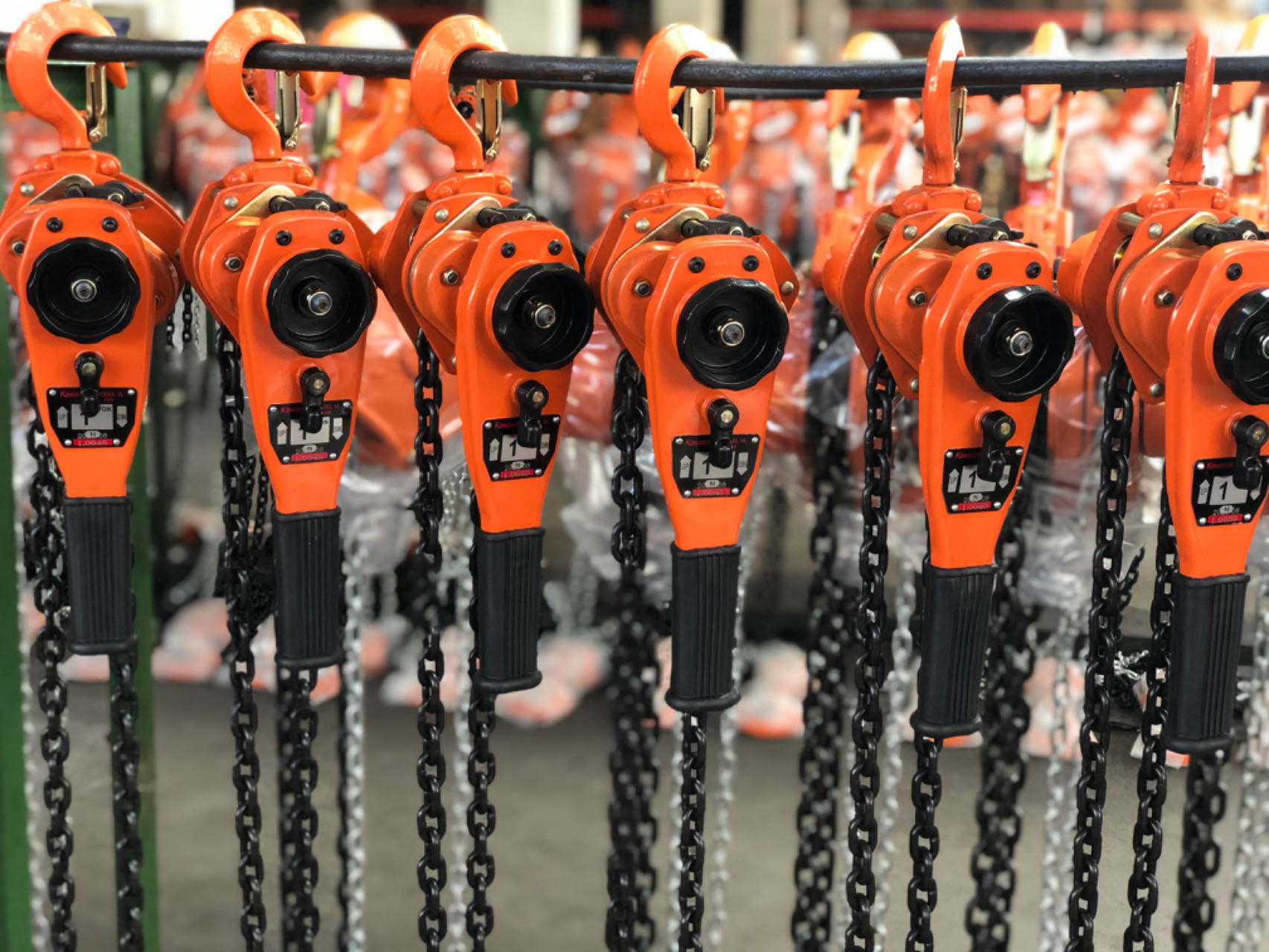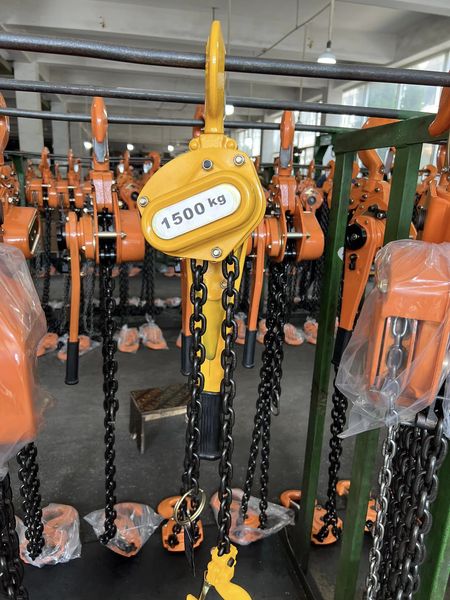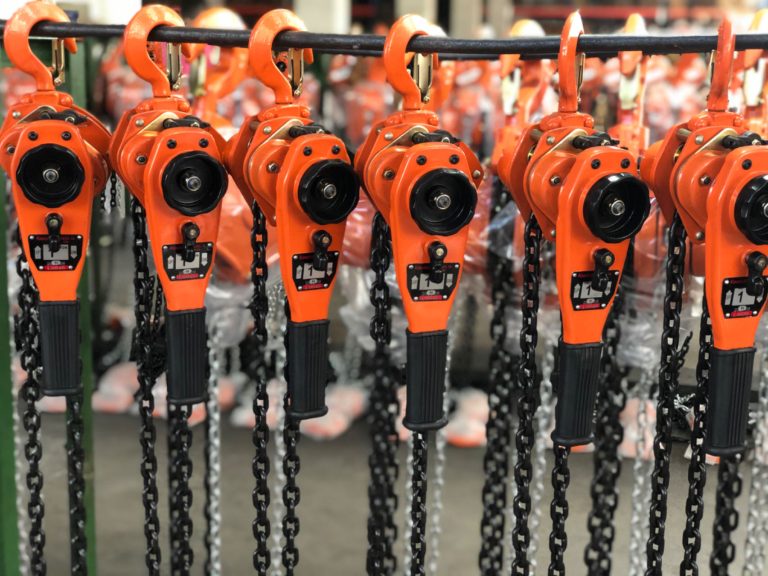Overview of Manual Hoists
Definition and Basic Functionality
Manual hoists are essential lifting mechanisms used in various industries to move heavy loads with minimal effort. These devices work through a manual operation, involving chains, ropes, or levers to raise and lower loads. Their primary functionality is to facilitate the efficient handling of materials, ensuring safety and reducing physical strain on workers. Utilizing mechanical advantage principles, manual hoists allow operators to lift substantial weights that would otherwise be beyond human capability.
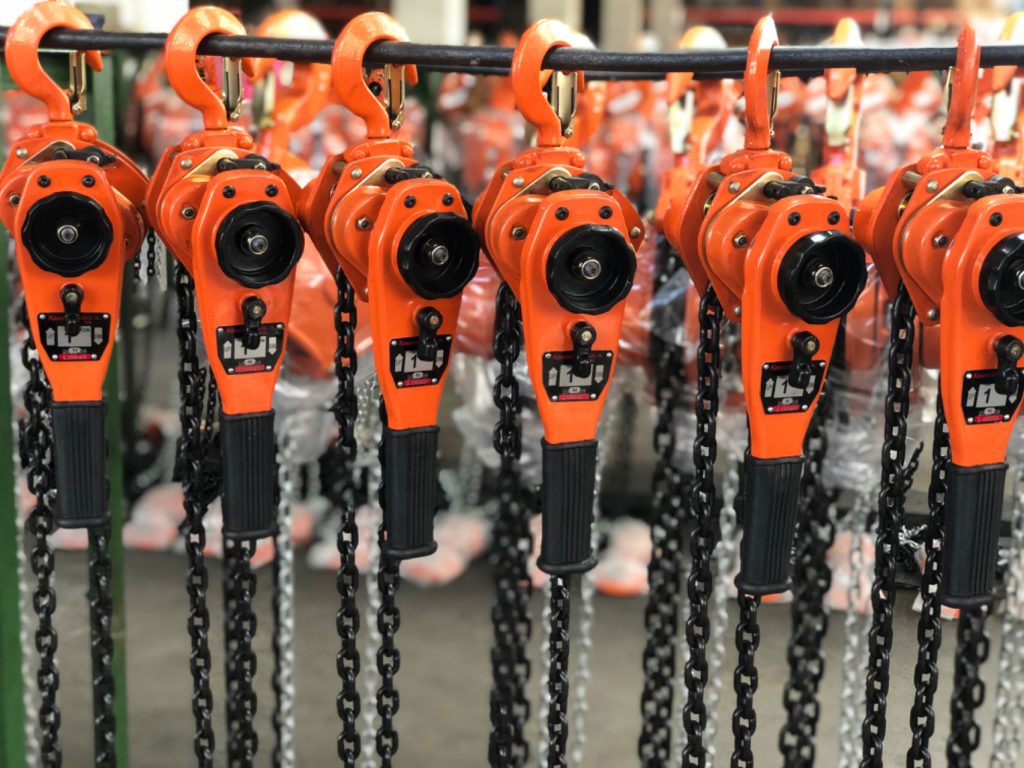
Key Components of a Manual Hoist
Several critical components make up the efficient and effective design of manual hoists. These components work synergistically to perform their intended function of lifting and lowering heavy objects.
Load Chain or Rope
The load chain or rope is the vital element that bears the weight of the lifted objects. Typically made from high-strength steel, the load chain ensures durability and resistance against wear and tear. The design of the chain or rope determines the load capacity of the manual hoist, making it crucial for operators to choose the right type for their specific needs. Regular inspection and maintenance of the load chain or rope is necessary to avoid potential failures or accidents.
Lifting Mechanism
The lifting mechanism in a manual hoist is responsible for converting the manual input into a vertical motion that elevates the load. This mechanism usually comprises gears, pulleys, and a braking system. The gears amplify the manual force exerted by the operator, allowing them to lift heavy loads with ease. Additionally, the braking system ensures that the load remains stationary when the operator stops applying force, preventing unintended drops and enhancing operational safety.
Hook or Load Handling Attachments
Hooks and load handling attachments secure the load to the hoist, ensuring a firm and safe grip during lifting operations. The hooks are typically made from hardened steel to withstand high stress and are equipped with safety latches to prevent the load from slipping off. Depending on the application, specialized attachments such as clamps, lifting beams, or slings can be used to handle irregular or oversized loads, enhancing versatility and safety.
Types of Manual Hoists
Understanding the different types of manual hoists helps operators choose the most suitable device for their specific lifting requirements. This categorization is primarily based on the operating mechanism and the intended application.
Chain Hoists
Chain hoists are among the most common types of manual hoists, characterized by their use of a looped chain to lift and lower loads. The operator pulls on the hand chain, which rotates a gear mechanism to raise the load. These hoists are ideal for a wide range of lifting tasks and are highly reliable due to their robust design. They are frequently used in manufacturing, construction, and maintenance operations because of their versatility and ease of use.
Lever Hoists
Lever hoists, also known as come-alongs, use a lever to operate the lifting mechanism. This design allows for greater precision and control when positioning loads, making lever hoists suitable for tasks that require detailed adjustments. Unlike chain hoists, lever hoists can be used for both vertical and horizontal lifting, which adds to their versatility. Their compact size and portability make them a preferred choice for on-site applications where space and mobility are crucial.
Differential Manual Chain Hoists
Differential manual chain hoists use a unique mechanism that employs different-sized pulleys to lift loads with high mechanical advantage. This type of hoist is particularly beneficial for lifting extremely heavy loads with minimal manual effort. The differential hoist’s design reduces the risk of operator fatigue and enhances safety. They are often used in situations that demand high precision and reliability, such as in automotive repair and rigging applications.
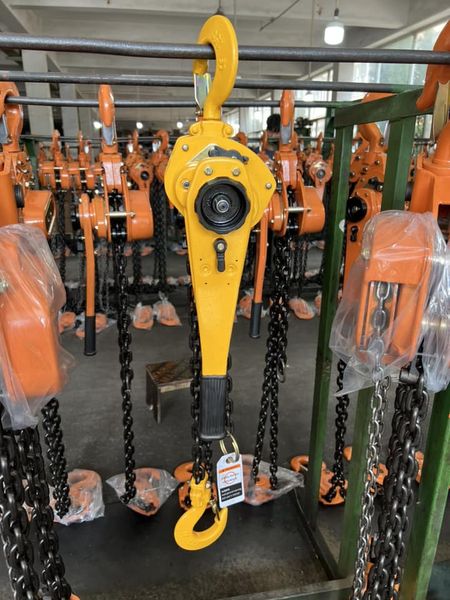
Applications of Manual Hoists in Various Industries
Manual hoists have found widespread applications across diverse industries due to their efficiency, reliability, and versatility. Their ability to handle heavy loads with precision makes them indispensable tools in several fields.
Construction Industry
In the construction industry, manual hoists are used extensively to lift and position construction materials such as steel beams, concrete blocks, and scaffolding components. Their robust design allows them to withstand harsh site conditions, making them ideal for outdoor use. Manual hoists help improve productivity and safety on construction sites by reducing the physical strain on workers and facilitating the precise placement of materials.
Manufacturing Industry
The manufacturing industry utilizes manual hoists for material handling, assembly line tasks, and equipment maintenance. They assist in moving raw materials, finished products, and machinery within the manufacturing facility. The use of manual hoists in manufacturing helps streamline operations, reduce production time, and minimize workplace injuries. Their versatility means they can be adapted for various tasks within the same facility, making them a cost-effective investment.
Warehouse and Storage Solutions
Manual hoists are critical tools in warehouses and storage facilities for lifting and organizing heavy loads. They enable workers to stack goods and retrieve items from high shelves safely. By using manual hoists, warehouses can optimize their storage space and improve inventory management. The user-friendly operation of manual hoists ensures that warehouse staff can handle heavy loads efficiently, improving overall workflow and safety.
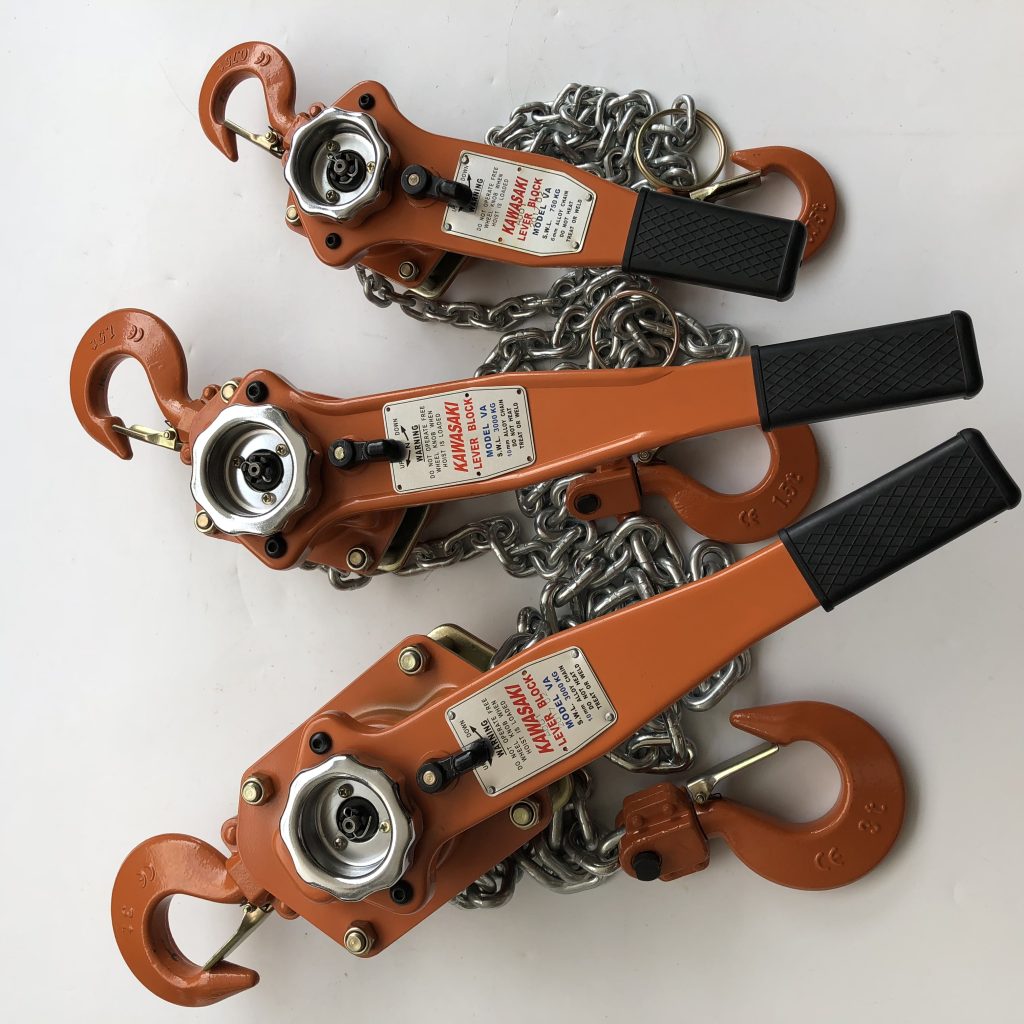
Advantages of Using Manual Hoists
Manual hoists offer several advantages that make them a preferred choice in many industries. These benefits range from cost savings to operational efficiency, contributing to their widespread adoption.
Cost-Effectiveness
One of the primary advantages of manual hoists is their cost-effectiveness. They are generally less expensive upfront compared to powered hoists, making them accessible to businesses of all sizes. Additionally, they do not require a power source, leading to savings on energy costs. The simplicity of their design also means fewer components that could potentially fail, resulting in lower maintenance costs over their lifespan.
Ease of Maintenance
Manual hoists are known for their easy maintenance and long-lasting durability. Their simple mechanical design allows for quick inspections and straightforward repairs, reducing downtime. Regular maintenance tasks, such as lubricating moving parts and checking for wear, can be performed without specialized tools or training. This ease of maintenance extends the service life of the hoist, ensuring consistent and reliable performance over time.
Versatility
The versatility of manual hoists is another significant advantage. They can be used in various environments and for different types of lifting tasks, from construction sites to warehouses and manufacturing plants. Their portability and compact design allow them to be used in confined spaces where powered hoists may not be feasible. Additionally, the availability of different types, such as chain hoists and lever hoists, means that operators can choose the most suitable hoist for their specific requirements.
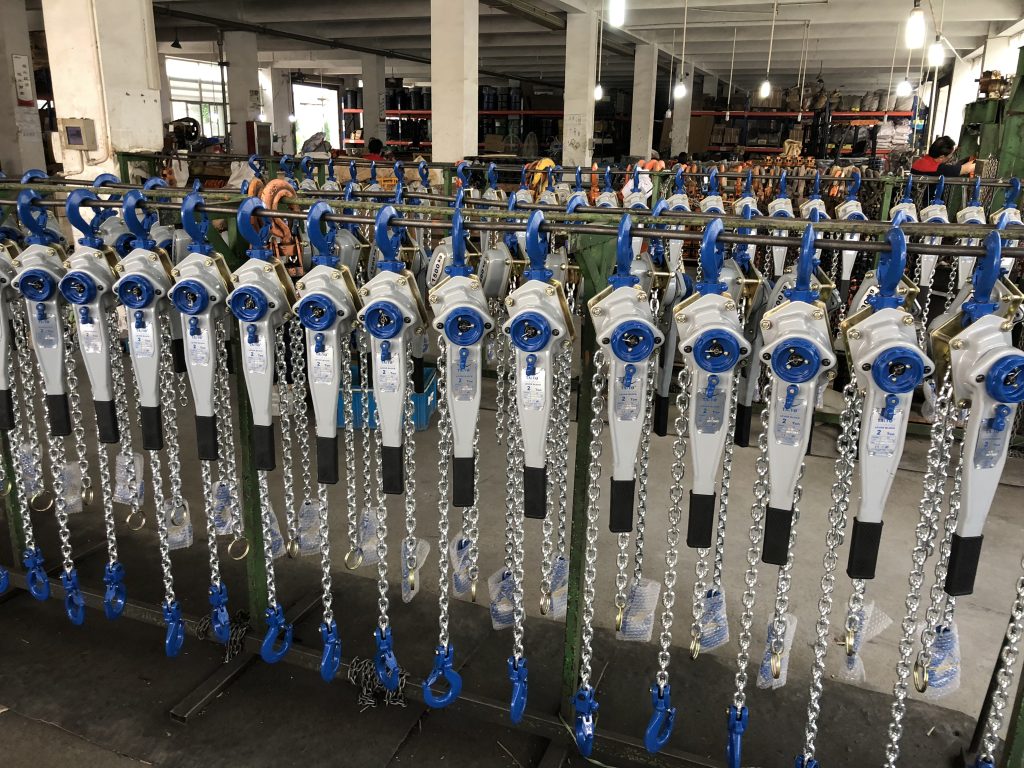
HANGZHOU APOLLO LIFTING EQUIPMENT CO., LTD.
In the ever-evolving landscape of lifting equipment, where each component is crucial in ensuring safety and efficiency, APOLLO‘s Manual Hoist stands as a testament to human ingenuity. It is the silent workhorse, the unseen strength, and the physical assurance of a safe and efficient lift. Each hoist is a meticulously crafted piece of art, designed to lift and lower loads with ease, creating a seamless workflow in any industrial setting.
Engineered with the utmost attention to detail, APOLLO’s Manual Hoists are designed to withstand the test of time and the rigors of constant use. They are the unsung heroes in the orchestra of lifting operations, their strength and durability echoing in every lift, every load, every task.
In the sphere of lifting equipment, where steel and engineering unite in a symphony of strength and control, APOLLO’s Manual Hoists reign supreme. They are the silent partners, the unseen hands guiding every operator towards a safer, more efficient lifting operation. They are the pulse beneath every lift, the heartbeat within every operation.
Important Considerations When Choosing a Manual Hoist
Selecting the right manual hoist involves several important considerations to ensure optimal performance and safety. Factors such as load capacity, lift distance, and build quality play crucial roles in the decision-making process.
Load Capacity
Load capacity is one of the most critical factors when choosing a manual hoist. It refers to the maximum weight that the hoist can safely lift. It is essential to select a hoist with a load capacity that exceeds the heaviest load to be lifted to ensure safety and longevity. Operating a hoist beyond its capacity can lead to equipment failure and potential accidents, making it imperative to adhere to the manufacturer’s specifications.
Lift Distance
Lift distance, or the height to which a load can be raised, is another vital consideration. This parameter ensures that the hoist can meet the specific vertical lifting requirements of the task. Whether lifting materials to a second-story platform or stacking pallets in a warehouse, the lift distance must align with the operational needs. Selecting a hoist with the appropriate lift distance helps avoid operational inefficiencies and ensures that the hoist can perform as required.
Durability and Build Quality
Durability and build quality are crucial for the long-term performance of a manual hoist. High-quality materials and robust construction ensure that the hoist can withstand frequent use and harsh conditions. Features such as rust-resistant coatings, hardened steel components, and secure load handling attachments contribute to the overall durability. Investing in a well-built hoist enhances safety and reliability, reducing the likelihood of unexpected downtime due to equipment failure.
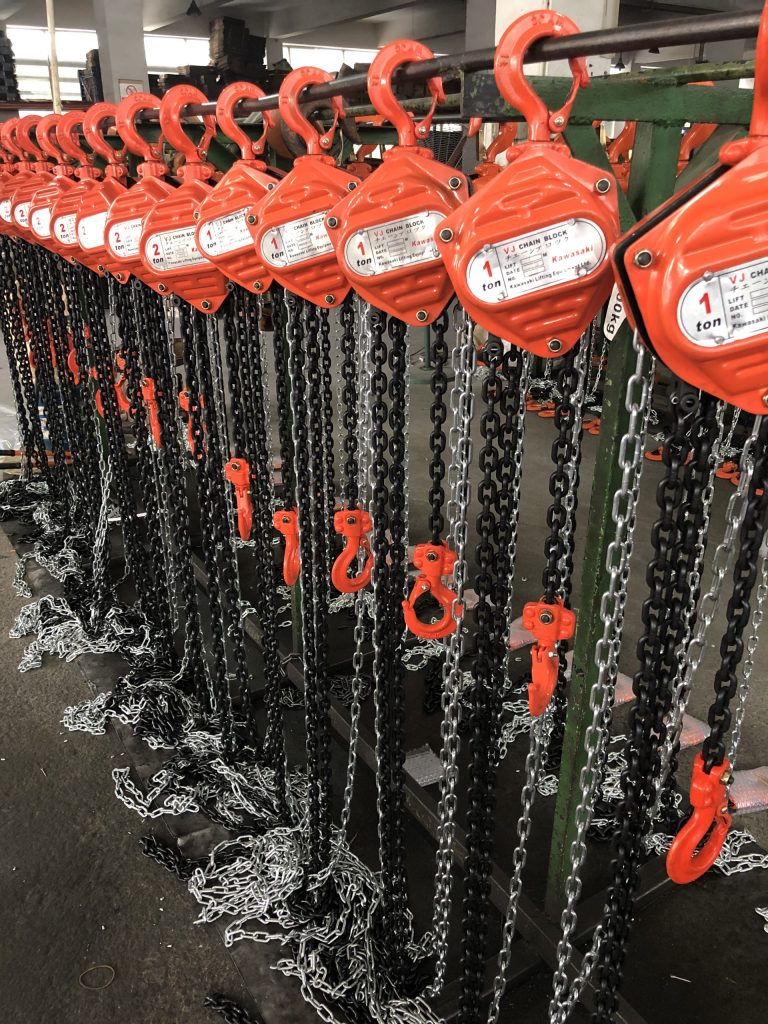
Safety Guidelines for Operating Manual Hoists
Safety is paramount when operating manual hoists. Adhering to established safety guidelines helps prevent accidents and ensures smooth, efficient lifting operations.
Pre-Use Inspections
Performing pre-use inspections is a fundamental safety practice. Before each use, operators should check the hoist for any signs of wear, damage, or malfunction. Inspecting components such as the load chain, hooks, and lifting mechanism for cracks, deformation, or unusual wear helps identify potential issues early. Addressing problems promptly can prevent accidents and extend the equipment’s service life.
Proper Working Techniques
Using proper working techniques is essential for safe manual hoist operation. Operators should be trained on correct lifting procedures, including the importance of maintaining a controlled lifting speed and avoiding sudden jerks. Ensuring that the load is securely attached and balanced before lifting minimizes the risk of shifting or dropping. Additionally, operators should never exceed the hoist’s load capacity, as overloading increases the risk of equipment failure and accidents.
Correct Lifting Procedures
Adhering to correct lifting procedures is critical for safety. This involves lifting the load slowly and steadily to prevent swinging and ensuring the load is directly underneath the hoist to avoid side loading. Operators should use smooth, even motions to operate the hoist, reducing stress on the equipment and enhancing control.
Avoiding Overloading
Avoiding overloading is crucial to maintaining the hoist’s integrity and ensuring operator safety. Always check the weight of the load against the hoist’s rated capacity before lifting. Overloading the hoist can lead to mechanical failure, posing a serious safety hazard. Regularly reviewing the hoist’s load capacity limits and adhering to them can prevent dangerous situations and equipment damage.
Final Thoughts on Manual Hoists
Manual hoists are invaluable tools in various industrial settings, providing efficient and reliable solutions for lifting and measuring heavy loads. Their simplicity and mechanical advantage make them accessible and easy to maintain, while their versatility allows them to be used in diverse applications. By understanding the different types of manual hoists, their key components, and the factors to consider when choosing one, operators can make informed decisions that enhance safety and efficiency. Furthermore, adhering to safety guidelines and proper working techniques ensures that manual hoists perform optimally and safely over their service life. Investing in high-quality manual hoists tailored to specific operational needs can significantly improve productivity and safety in any industrial environment.

